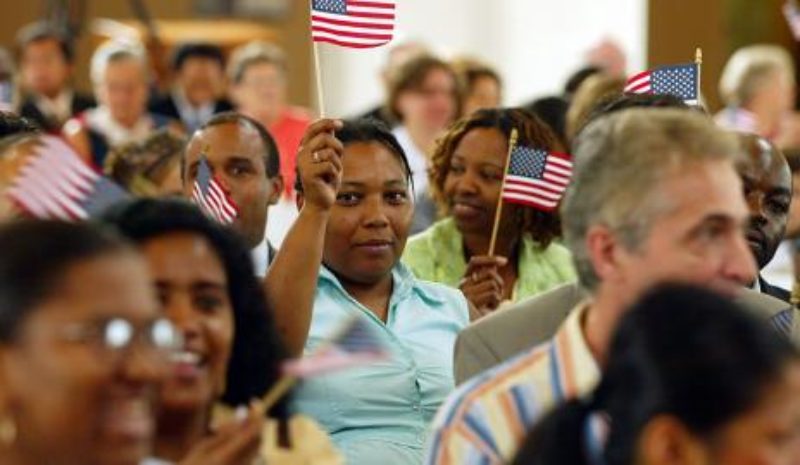Public Health Measures to Safely Manage Asylum Seekers and Children at the Border
The United States has the ability to both safeguard public health in the midst of the COVID-19 crisis and safeguard the lives of families, adults, and children seeking asylum and other humanitarian protection at the U.S. southern border. Public health experts recommend the use of the measures outlined below to protect U.S. border officers, those exercising their legal right to request protection in the United States, and the public health of our nation. These measures include social distancing, wearing masks or similar coverings, using hand sanitizer, demarcations and barriers, health screenings, sheltering in place at homes of family members through proven case management strategies, and more. Such measures, rather than banning people seeking humanitarian protection, protect both public health and the lives of those seeking safety and freedom.
The Humanitarian Protection Ban’s Specious Public Health Rationale
Using a highly flawed order issued by the Centers for Disease Control and Prevention (CDC) on March 20, 2020 and an April 20 extension, the Department of Homeland Security (DHS) is expelling people seeking asylum and unaccompanied children – without screening them for international protection needs, despite U.S. refugee and anti-trafficking laws and treaties designed to protect them.
The rule has been described as an immigration policy masquerading as a public health policy by public health experts, and as “medical gerrymandering” by a leading legal scholar:
Unquestionably, the United States faces a pandemic of unknown scope and duration that has led to the greatest social and economic disruption and restrictions on personal movement in our lifetime…. But the COVID-19 ban is an act of medical gerrymandering. It is crafted to override critical legal rights and safeguards in singling out only those arriving at the border without authorization and deeming that class of people a unique and unmitigable public health threat. It tries to justify an end-run around congressionally mandated procedural rights and protections essential for refugees and unaccompanied minors and it does so to achieve an impermissible goal. What’s additionally shocking here: the statutory provision does not actually give the executive branch expulsion authority.
While the CDC order was presented as an urgent response to the pandemic, a recent report revealed that it “was in large part repurposed from old draft executive orders and policy discussions that have taken place repeatedly” since the administration came into office, with the idea of invoking public health powers “on a ‘wish list’ of about 50 ideas to curtail immigration” crafted early on by White House Senior Advisor Stephen Miller.
In concluding that alternatives to suspending entry were not viable, the CDC order relied on incorrect and insufficient DHS assertions that the (now barred) individuals likely lack homes or places in the United States to self-isolate and that these individuals must necessarily be held in congregate areas in the custody of Customs and Border Protection (CBP) for hours or days. In essence, the CDC order pointed to CBP’s own processing and detention practices at the border as the justification for expelling asylum seekers and unaccompanied children.
Using the CDC order, DHS has expelled more than 21,000 people – including asylum seekers and unaccompanied children – as of early May 2020. These families, adults, and unaccompanied children have been sent to dangerous areas of Mexico as well as to other countries of origin from which they have fled. In the first two weeks of expulsions, nearly 400 children were expelled, including 120 unaccompanied children who were sent to Central America. In April, more than 700 additional unaccompanied children were expelled, in violation of U.S. anti-trafficking laws. As of early May, DHS has allowed only 59 people subject to the CDC order to be screened for a fear of returning to their country of origin; only two have passed.
Distinguishing the order from reasonable health measures such as careful screening, a Washington Post editorial on April 12, 2020 explained that “[i]t’s a different thing to impose a systematic, draconian, extralegal regime, one never contemplated by Congress, whose effect is to ignore and override 40 years of asylum and immigration law.” Noting that “it is precisely in times of emergency that any country faces its most severe tests – ones that call into question the nation’s essential character and values,” the editorial board warned that the administration was “betraying this country’s long tradition as a beacon to those fleeing oppression.”
This document outlines key points and recommendations developed with input from public health, humanitarian, legal, and human rights experts and provides background on public health measures at the border.
